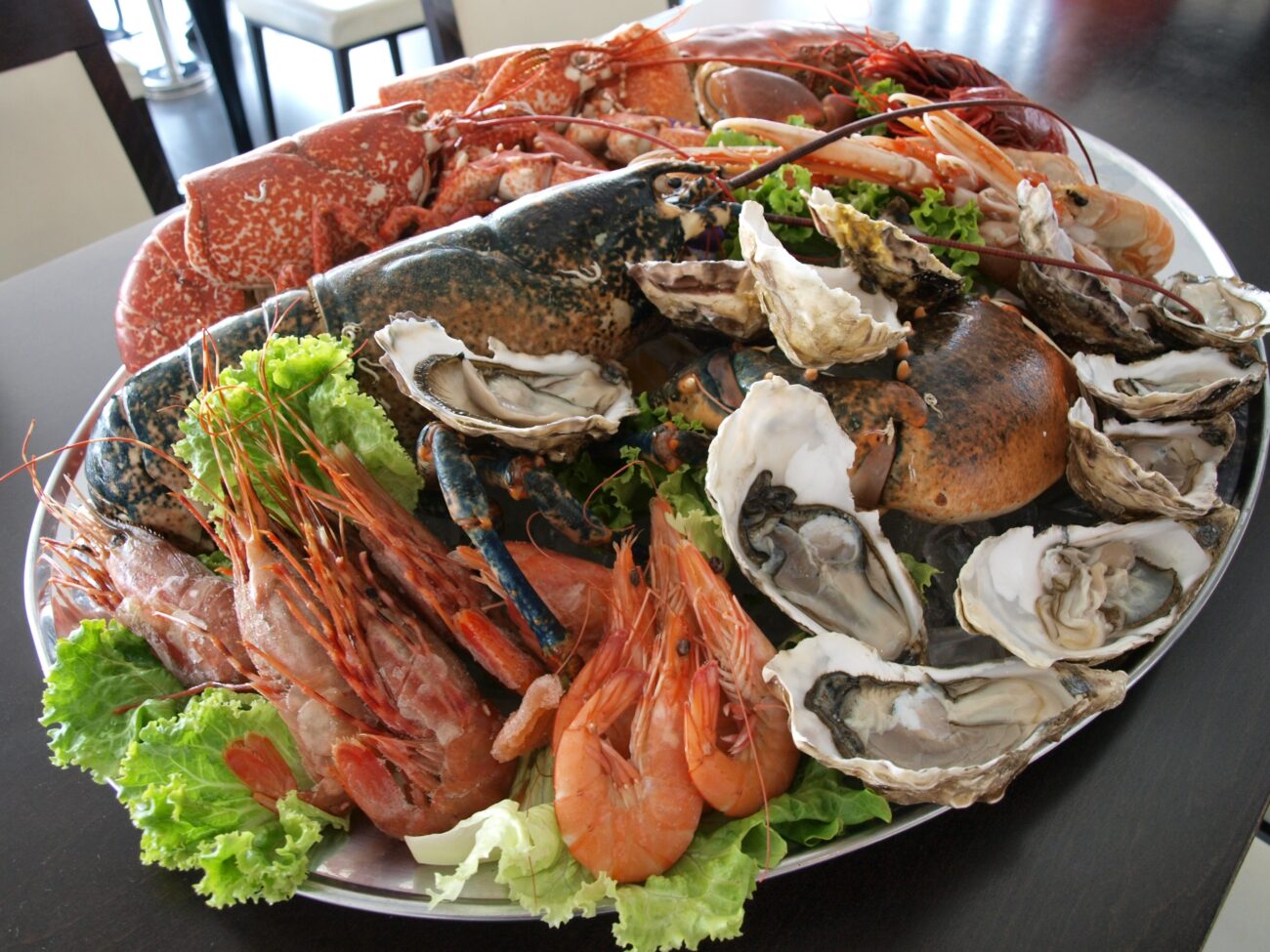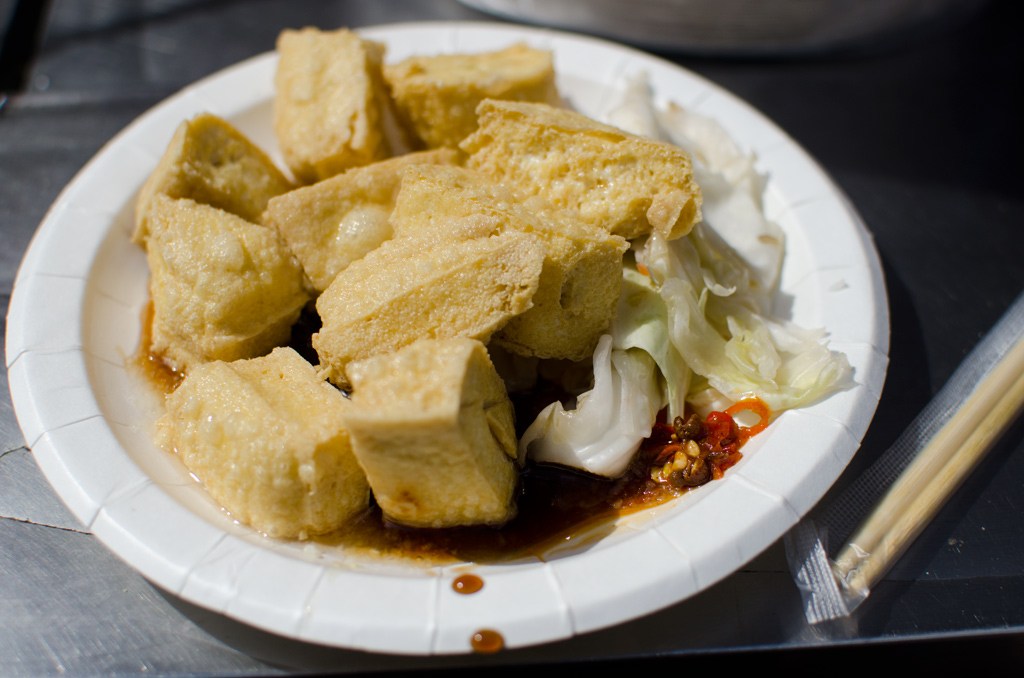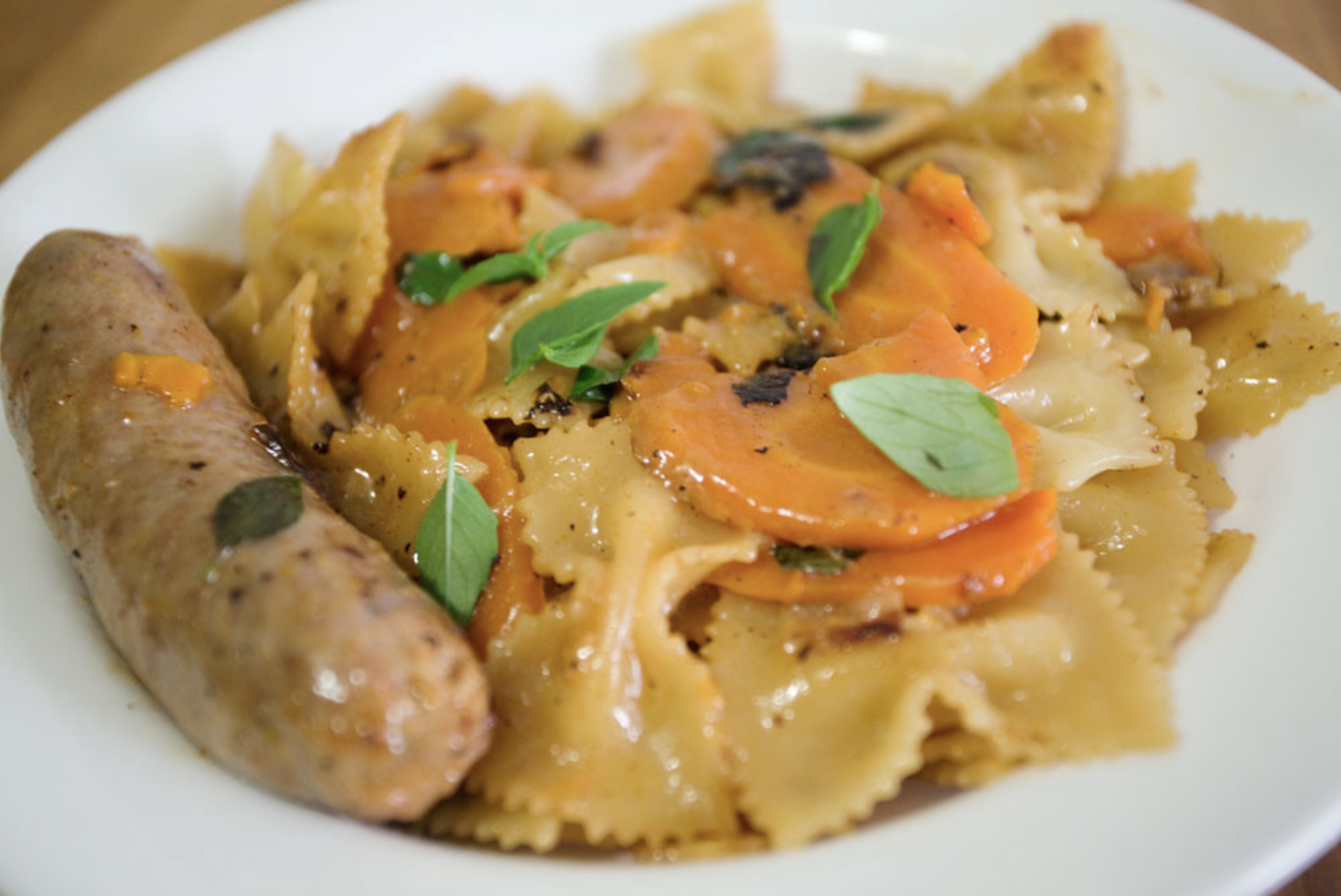The next time you savor that perfectly plated entrée, consider this: your meal has traveled through more hands than a small-town rumor. Like musicians in an orchestra, each person plays a precise role in delivering your dining experience. Recent industry analysis reveals that fine dining establishments now employ 15-20 staff members who directly handle food components, while fast-casual operations typically involve 8-12 individuals.
This intricate choreography has evolved dramatically since the pandemic, with restaurants investing heavily in transparent processes that build consumer confidence through visible safety protocols. Food safety scandals, including recent baby food lead contamination recalls at major retailers, have further driven restaurants to adopt more rigorous handling procedures that customers can observe firsthand.
The kitchen transforms into a choreographed dance. Prep cooks dice vegetables and portion proteins. Line cooks manage multiple stations simultaneously. Sous chefs coordinate timing while executive chefs oversee quality standards, all while adding to your plate.
Key players include:
- Sourcing team: farmers, distributors, delivery staff
- Kitchen prep: prep cooks, line cooks, sous chefs
- Service crew: expediters, servers, food runners
- Support staff: dishwashers, cleaning crew, managers
Each additional hand increases contamination risk without proper safeguards. Restaurants combat this through rigorous protocols based on CDC and FDA safe food guidelines: twenty-second handwashing cycles, single-use gloves, hair restraints, and clean uniforms changed regularly.
Color-coded cutting boards prevent cross-contamination between raw meats and vegetables. Internal temperature monitoring ensures proteins reach safe cooking levels—poultry hits 165°F while ground beef reaches 160°F, according to FDA standards.
Following established safety protocols preserves food quality while safeguarding consumer health. These measures have become industry standard across restaurant operations nationwide.
Your specific plate travels through approximately 6-8 direct touches during service alone. The expediter plates your dish and wipes the rim clean. Food runners transport it through the dining room. Servers deliver it to your table, often adjusting placement for presentation. Recent gastrointestinal outbreaks on luxury cruise ships have heightened awareness about the importance of proper plate handling protocols in all food service environments.
Dishwashers scrub and sanitize it. Prep staff may pre-warm plates in holding ovens. Line cooks use the same plates for quality checks during service.
Smart diners notice visible hygiene practices: staff changing gloves between tasks, sanitizing surfaces, and following proper plate-handling techniques. These indicators reveal comprehensive behind-the-scenes protocols.


















